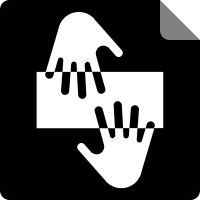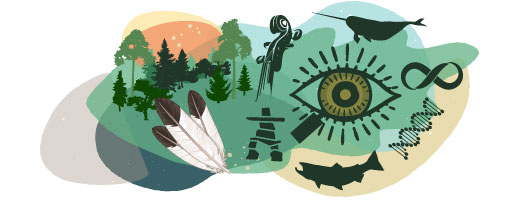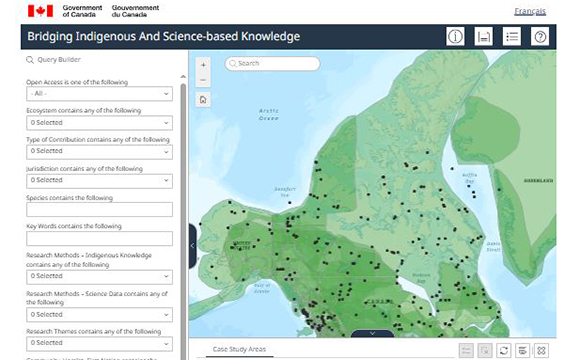Bridging Indigenous and Science-Based Knowledge (BIAS-K)
BIAS-K highlights projects and case studies across Canada that bridge multiple ways of knowing. As a learning tool, BIAS-K helps to make key information accessible from published case studies and community-led projects.
BIAS-K was developed by Fisheries and Oceans Canada with the vital collaboration of Indigenous Peoples and federal colleagues.
On this page
Setting intentions
We would like to acknowledge and thank the many Indigenous Peoples that contributed to BIAS-K. This work would not have been possible without their contributions, collaborations and partnerships.
When using BIAS-K, we encourage users to:
- be open-minded to new ways of thinking about research practices
- look for ways to apply these ideas to your work
- share news of BIAS-K and its studies with your network to support knowledge sharing
BIAS-K is not intended to replace direct partnerships, collaboration and engagement with Indigenous Peoples regarding ongoing research, monitoring and decision-making.
-
Disclaimer
The maps and data contained in this application have been made available for information purposes only.
Fisheries and Oceans Canada does not warrant the reliability, currency, positional or thematic accuracy of any data or information published in these maps. Misalignment of some datasets may occur due to the methods used to produce the original product. Fisheries and Oceans Canada assumes no responsibility for errors in the content of the provided information.
Under no circumstances will Fisheries and Oceans Canada be liable to any person or entity for any direct, indirect, special, incidental, consequential or other damages resulting from the use of data or information contained in these maps. This includes, without limitation, any lost profits or business interruption.
When accessing data or information, users may be directed to a non-government web service location. Data or information obtained from other web services may be subject to the particular source's license requirements and permissions.
Uses
BIAS-K users can sort through hundreds of projects that bridge Indigenous and Western science-based knowledge using a variety of filters, such as:
- community
- species
- key words
- research theme
- and others
You can refer to our user guide for instructions on how to use BIAS-K.
BIAS-K can be used to:
- foster awareness of examples of knowledge-bridging research between Indigenous Peoples and Western researchers
- amplify existing projects on a variety of species and environmental research areas
- strengthen knowledge networks by helping to identify new potential partners and collaborators
- advance our understanding of our environment by highlighting new stories founded in multiple ways of knowing
Approach for identifying projects
The initial case studies included in BIAS-K were identified through a series of literature reviews. Articles were screened according to the criteria below.
Knowledge types
Projects that include Indigenous and Western science-based knowledge or where integrative knowledge practices/methods are discussed or inferred.
Environment types
Coastal-marine, freshwater, or terrestrial.
Content focus
Related to environmental research, monitoring, or management.
Geographic scope
Located in Canada, and cases where traditional Indigenous territories extend beyond the modern Canadian border.
Open to Collaborate

BIAS-K is committed to the development of new modes of collaboration, engagement and partnership with Indigenous Peoples for the care and stewardship of past and future heritage collections.
The Open to Collaborate notice has been provided by Local Contexts who are our partners in Indigenous data governance.
Share your project
If you would like your project or case study to be featured in BIAS-K, you can share your project with this BIAS-K submission form.
Contact us
Email the Reconciliation through Science team at BIASK.Portal-Portail.RSAS@dfo-mpo.gc.ca.
Page details
- Date modified:

